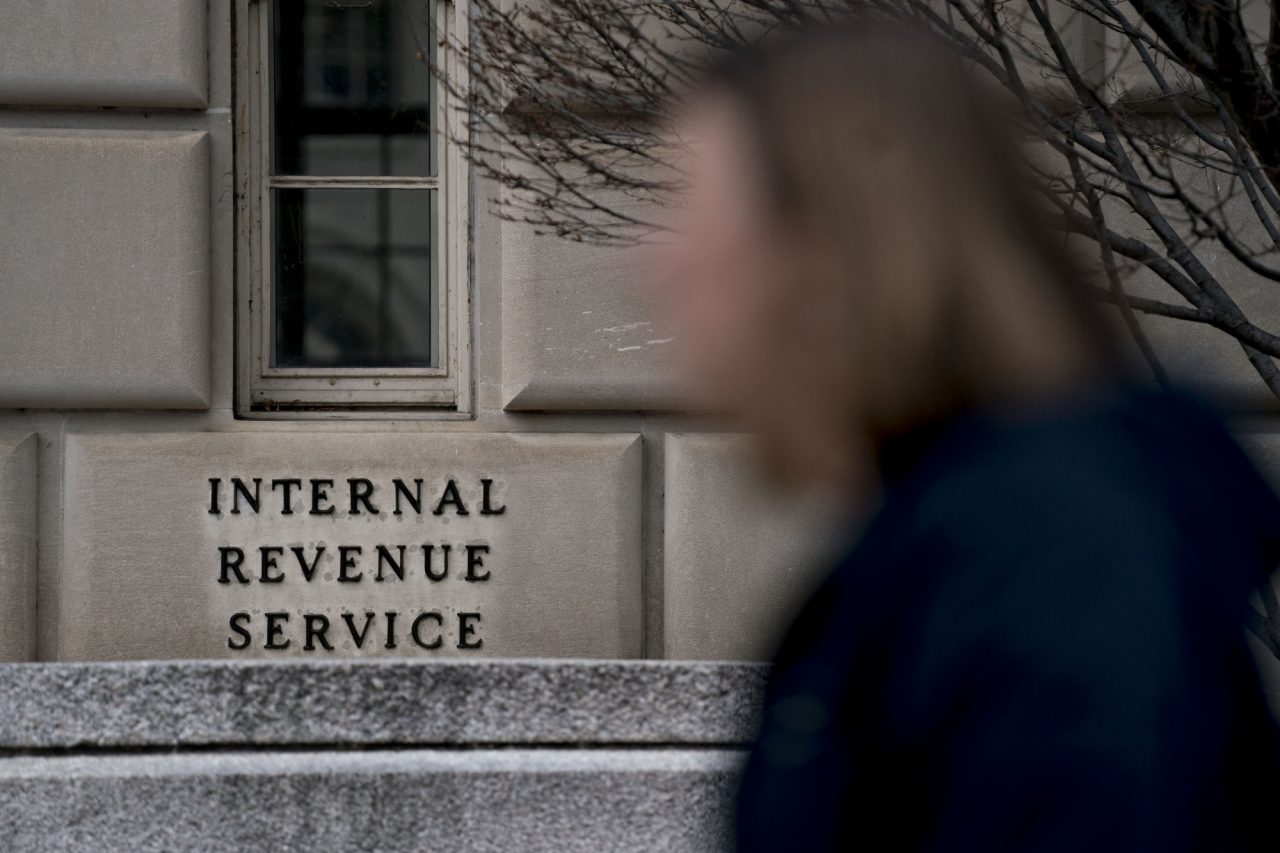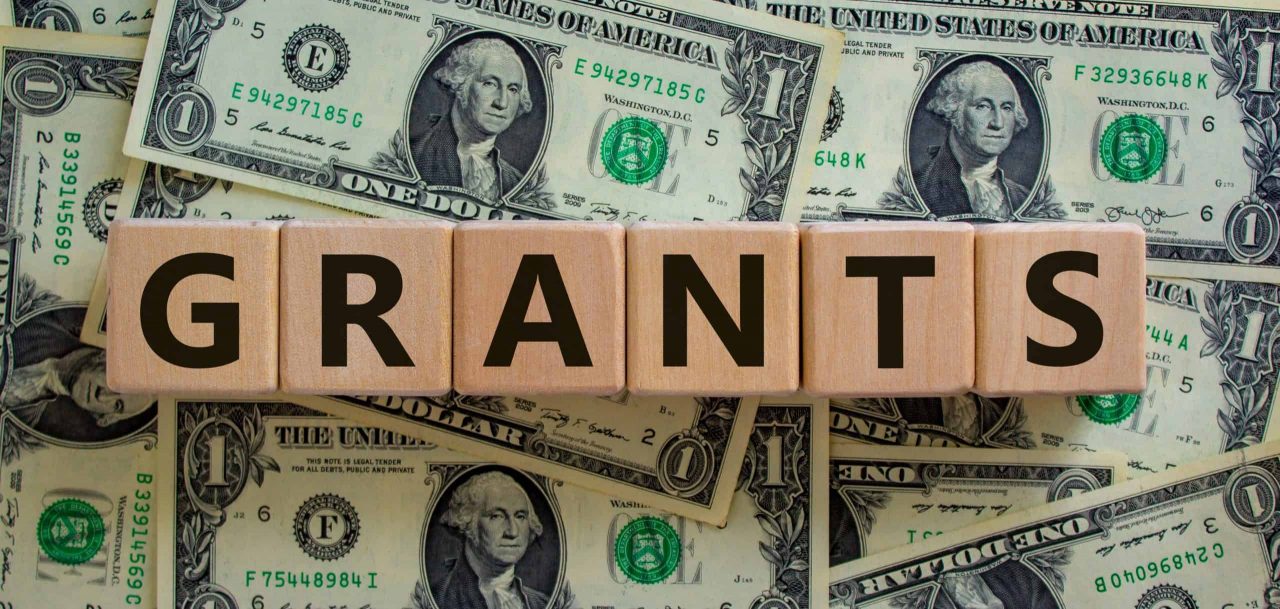The Internal Revenue Service has stepped up efforts to collect employment taxes from S corporation officers, but business owners are still getting away with avoiding billions of dollars in taxes.
A new report, released Tuesday by the Treasury Inspector General for Tax Administration, found the IRS is selecting less than 1% of all S corporations for examination for compliance with payment of employment taxes. When the IRS does examine an S corp, nearly half of IRS revenue agents don’t evaluate compensation during the examination, even when there’s a sole proprietor who didn’t report officer’s compensation and may have taken tax-free distributions in lieu of compensation.
The report comes less than a week after the investigative news site ProPublica reported on how business owners were leveraging a tax break stemming from the Tax Cuts and Jobs Act of 2017 that enables them to save millions of dollars in taxes by being paid in profits rather than salaries, while costing the Treasury billions of dollars in revenue. Tax advisors have been promoting a strategy that encourages business owners to reduce their own salaries while increasing their own company’s profits, which they can then use. The strategy leverages the lower tax rates under the TCJA, where profits are taxed at a top rate of 29.6%, as opposed to salaries being taxed at up to 37% (plus additional Medicare taxes). The TIGTA report focuses more on employment taxes, also known as FICA taxes for the Federal Insurance Contributions Act.
Business owners have been leveraging the strategy for a number of years predating the passage of the TCJA. “The issue of S corporations not paying salaries to officers and avoiding employment taxes has been reported for many years,” said the report. “IRS revenue agents have the opportunity to assess the issue when examining Forms 1120-S, U.S. Income Tax Return for an S corporation, in the field; addressing the issue more directly by examining it in the IRS’s Employment Tax function; or through Compliance Initiative Projects.”
For its report, TIGTA analyzed all the S corporation returns received by the IRS between 2016 and 2018, looking for returns where the profits exceeded $100,000, there was a single shareholder, and no officer’s compensation was claimed. It found the IRS didn’t select 266,095 of such returns for a field examination. The analysis found that single-shareholder owners made profits of $108 billion and took $69 billion in the form of a distribution, without reporting they received officer’s compensation for which they would have needed to pay Social Security and Medicare taxes. TIGTA estimated 266,095 tax returns may not have reported nearly $25 billion in compensation, allowing business owners to avoid paying approximately $3.3 billion in FICA taxes.
Another issue is the involvement of nonresident aliens as business owners. TIGTA identified 151 S corporations with nonresident alien shareholders, but pointed out that S corporations are not allowed to have nonresident aliens as shareholders. “If the IRS had identified these 151 S corporations and their 424 returns, it may have converted them to C corporations and assessed $5 million in corporate income taxes,” said the report.
IRS officials agreed with two of the five recommendations in TIGTA’s report, agreeing to issue letters to the 151 S corporations with nonresident alien shareholders, asking them to review their eligibility status and analyze the population after a year. But the IRS didn’t agree with the other three recommendations to: evaluate the risk of noncompliance with officer’s compensation and update the IRS examination plan; evaluate the benefits of using thresholds and criteria in classification guidance; or use compliance results from established work streams to better inform decision-making.
“We believe our existing policies and procedures properly address compliance risk regarding officers’ compensation,” wrote De Lon Harris, commissioner of the IRS’s Small Business/Self-Employed Examination unit, in response to the report. He noted that the IRS relies on a highly trained workforce to exercise their professional judgment to determine which issues in an audit will be examined. He also pointed out that due to the COVID-19 pandemic, TIGTA was unable to review the complete case files and instead needed to work from a database that indicates how often an examiner formally pursues a particular line item on a return but doesn’t reflect how often the examiner evaluates and determines an issue was reported correctly.
Source: AccoutingToday – August 26, 2021




